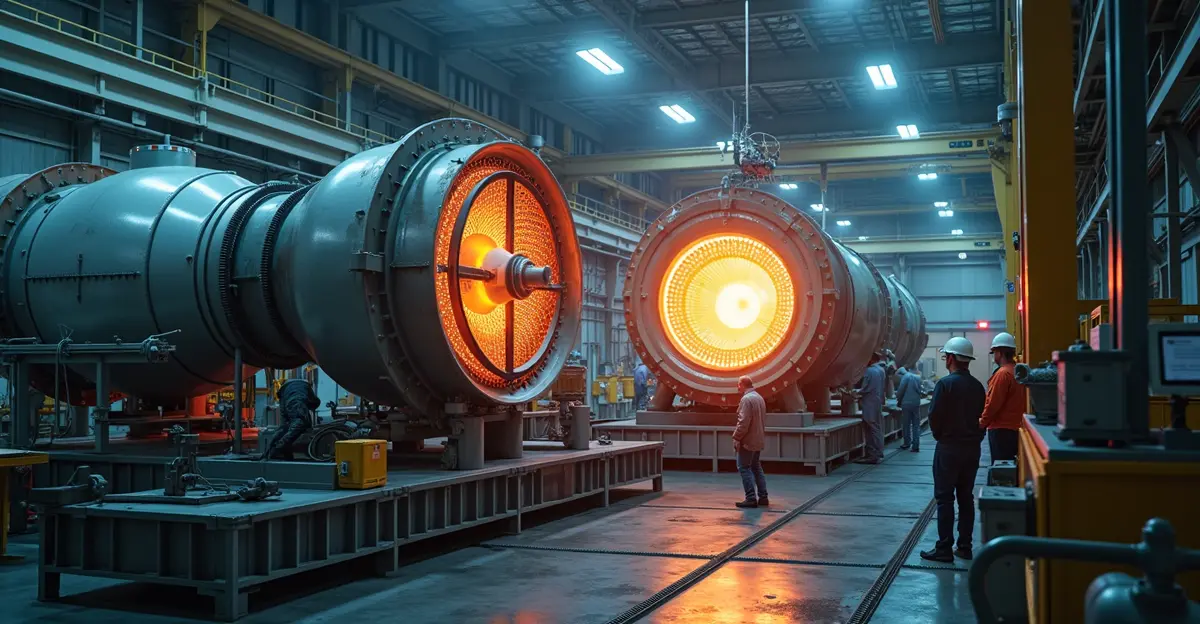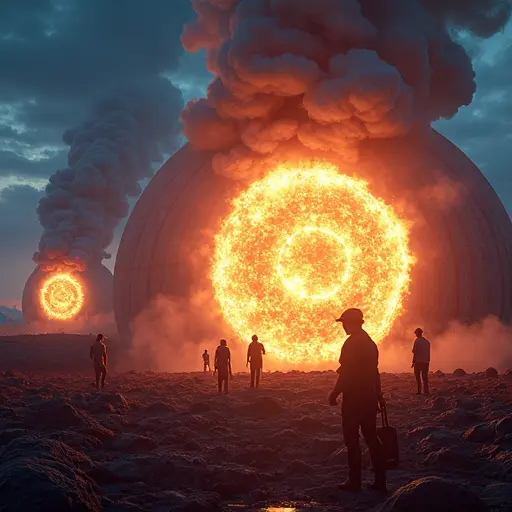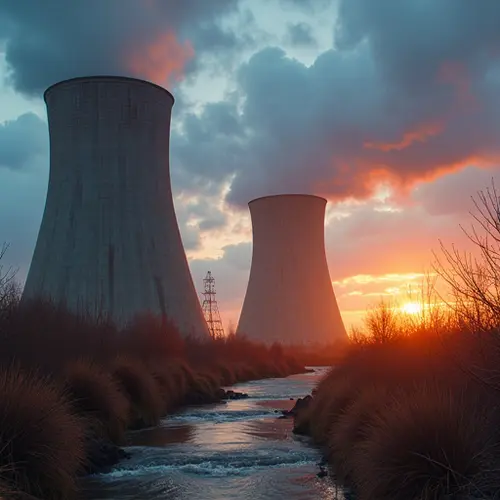Fusion research achieves major performance milestones with SPARC assembly underway and ARC power plant targeting early 2030s grid connection. Private investment surges past $10B globally while government funding shifts internationally.

Fusion Energy Reaches Critical Commercialization Milestone
In a landmark announcement that could reshape global energy markets, leading fusion research laboratories have achieved unprecedented performance milestones that accelerate the timeline for commercial fusion power. The breakthrough comes as private investment in fusion technology has surged past $10 billion globally, with major energy companies and governments racing to capitalize on what many now consider the holy grail of clean energy.
Device Performance Exceeds Expectations
The Commonwealth Fusion Systems (CFS) SPARC project has entered its assembly and commissioning phase, marking a significant step toward demonstrating net energy gain. 'We're seeing performance metrics that exceed our most optimistic projections,' said Dr. Alex Creely, lead scientist at CFS. 'The high-temperature superconducting magnets are performing beyond specifications, which dramatically improves our timeline for achieving Q>1.'
According to recent presentations at the 2025 APS Division of Plasma Physics meeting, SPARC is designed to produce 50-100 MW of fusion power with temperatures exceeding 100 million degrees Celsius. The installation of the 75-ton cryostat base represents the foundation for what could become the world's first net-energy-gain fusion device.
Accelerated Timeline for Commercial Power
The roadmap from experimental success to commercial electricity generation has compressed significantly. CFS now projects its ARC power plant could deliver 400 MWe to Virginia's grid in the early 2030s. 'What seemed like science fiction a decade ago is now within engineering reach,' noted Brandon Sorbom, co-founder of CFS. 'Our partnership with Google for 200 megawatts of power from ARC demonstrates that commercial customers are taking fusion seriously.'
This accelerated timeline is supported by parallel developments at other major fusion projects. The ITER international collaboration continues to make progress, with all eight torus and cryostat cryopumps now completed, positioning the project for deuterium-deuterium fusion operations by 2035.
Funding Landscape Transforms
The fusion funding environment has undergone a dramatic transformation in 2025. Private investment has rebounded strongly, with nearly $1.7 billion raised through Q3 alone, potentially reaching over $2.2 billion for the full year. Major funding rounds include CFS's $863 million Series B2 and Helion Energy's $425 million Series F.
However, the U.S. government funding picture has shifted dramatically. Federal support dropped from $1.48 billion in FY2024 to just $134 million in FY2025 under the current administration. 'The private sector is stepping up where government support has faltered,' observed a Fusion Industry Association spokesperson. 'But sustained public-private partnership remains essential for achieving commercial scale.'
Internationally, government funding is growing significantly. The UK has committed £2.5 billion ($3.37 billion) over five years for its STEP program, while Germany allocated €2 billion ($2.34 billion) by 2029. China leads globally with an estimated $3 billion in annual government investment plus approximately $5 billion in private funding.
Commercial Prospects and Market Impact
The commercial prospects for fusion energy have never been brighter. High-Temperature Superconducting magnets now define competitiveness, enabling compact designs targeting $5,600/kW CapEx. Landmark commercial agreements, including Eni's $1 billion offtake commitment to CFS ARC, signal that energy majors are betting on fusion's commercial viability.
'We're witnessing fusion's transition from capital-raising narratives to revenue-backed commercial infrastructure,' said an energy analyst from the Clean Energy Platform. 'Utilities and industrial customers are actively participating in power purchase agreements, marking a fundamental shift in how the industry views fusion.'
The global fusion industry has reached what experts describe as a critical inflection point, transitioning from scientific aspiration to credible commercial readiness. Multiple pilot plants are advancing simultaneously, including Type One Energy's Infinity Two, the UK's STEP program, and China's BEST project, creating a competitive landscape that could accelerate deployment timelines.
As supply chains mature and engineering challenges are systematically addressed, the path to commercial fusion power appears increasingly clear. While significant technical hurdles remain, the combination of private investment, international competition, and accelerating technological progress suggests that fusion energy may indeed become a reality within the next decade.

 Nederlands
Nederlands
 English
English









